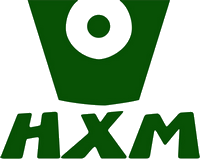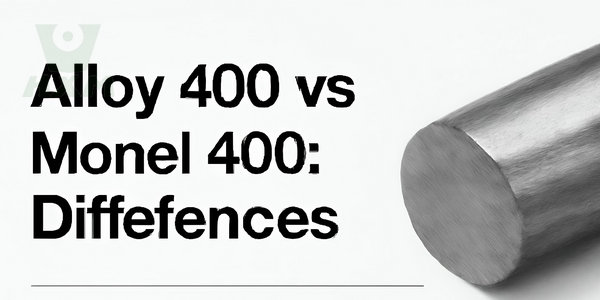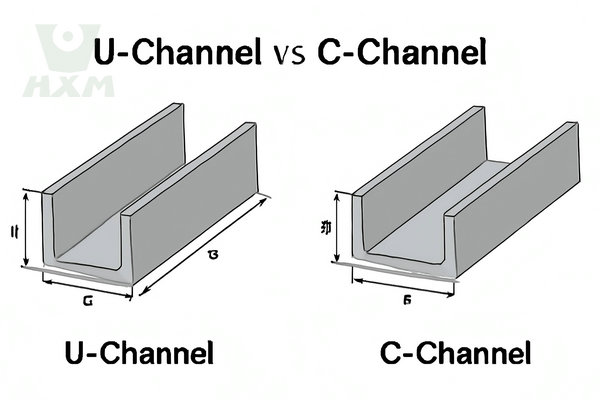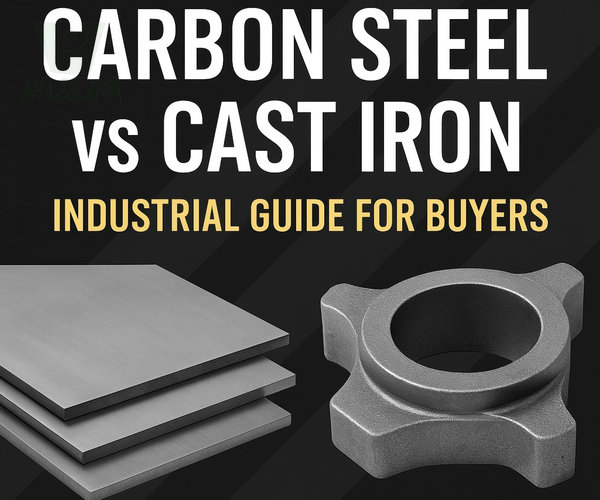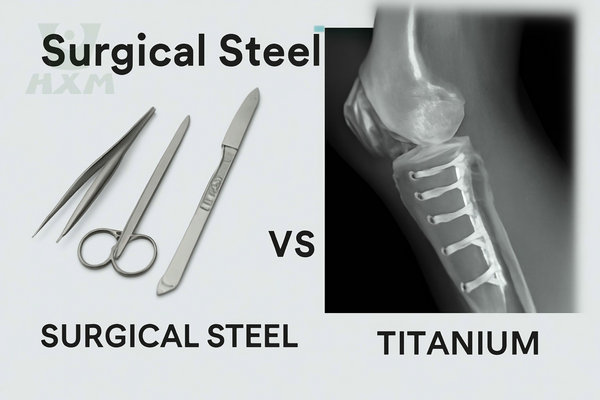In the world of industrial, commercial, and civil piping systems, the correct selection of pipe specifications is the cornerstone of project success, safety, and cost-effectiveness. Among the many specifications in the piping market, Schedule 40 and Schedule 80 are undoubtedly the two most widely used. Although they are both solid pipes used for different purposes, what are the differences between them? Understanding these differences is crucial to correctly selecting pipes for specific project needs.
As an industry-leading metal pipe supplier, Huaxiao Metal is well aware of the challenges customers face when making selections. This ultimate guide will provide you with an in-depth analysis of all the key differences between Schedule 40 and Schedule 80 pipes, providing detailed technical parameters, application scenario analyses, and professional selection recommendations to ensure that you make the most informed decision.

What is a Pipe Schedule?
First, let’s understand the term “Pipe Schedule (Sch)”. It is a standard established by the American National Standards Institute (ANSI) and the American Society of Mechanical Engineers (ASME) to indicate the wall thickness of pipes.
A common misconception is that Schedule 40 means the wall thickness is 40 mm or inches. The Schedule number is a relative, dimensionless number. The core rule is simple: under the same nominal pipe diameter (NPS), the larger the Schedule number, the thicker the wall thickness of the pipe.
A thicker wall means that the pipe can withstand higher internal pressures and is heavier and stronger.
A pipe schedule(SCH) is a file or document that contains detailed information about the piping system used in a specific engineering project. This information can include the material, size, quantity, type, purpose, installation location, connection method, support method, and other relevant technical specifications and requirements of the pipes. Typically, a piping schedule is part of an engineering project and provides a comprehensive understanding of the entire piping system for effective planning and control of material procurement, construction, installation, and project management.
Here is some basic information a pipe schedule might contain:
- Pipe Identification: Each pipe may have a unique identification number for identification and tracking within the project.
- Pipe materials: Including specifications, types, and grades of materials used in pipes, such as steel, copper, plastic, etc.
- Pipe size: Includes relevant dimensional information such as pipe diameter, wall thickness, and length.
- Pipe Quantity: Indicate the quantity of each pipe material and size for procurement and installation planning.
- Connection method: Indicates the connection method between pipes, such as welding, threaded connection, or other types of connection.
- Method of Support: Indicates how the pipe is supported to ensure that it can withstand the weight of the fluid it carries.
- Installation Location: Indicate the specific installation location of each pipe to facilitate positioning and installation during construction.
- Purpose: Indicate the purpose of each section of pipe and the system it serves, such as water supply, drainage, heating, cooling, etc.
What is the Difference Between Schedule 40 and Schedule 80 Pipes?
Although Sch 40 and Sch 80 pipes have the same Outside Diameter (OD) at the same NPS, they have significant internal differences that directly affect their performance and applications.
The following table intuitively summarizes their core differences:
| Feature | Schedule 40 Pipe | Schedule 80 Pipe | Key Takeaway |
|---|---|---|---|
| Wall Thickness | Standard wall thickness | Extra-heavy wall thickness | Schedule 80 pipes have significantly thicker walls. |
| Inside Diameter | Relatively larger | Relatively smaller | Important: Schedule 80 has a smaller ID, reducing the flow cross-section area. |
| Pressure Rating | Lower | Much higher | Schedule 80 can withstand much higher internal pressure. |
| Weight | Lighter | Heavier | Schedule 80 is heavier and requires stronger support structures. |
| Cost | More economical | Higher | Thicker walls mean more material and increased cost. |
| Common Materials | Stainless Steel (304/316L), Carbon Steel, PVC | Stainless Steel (304/316L), Carbon Steel, High-Alloy | Overlapping materials, but Schedule 80 is more common for high-performance alloys. |
Schedule 40 and Schedule 80 are standards used in the piping industry to identify pipe wall thickness. The difference between them is their wall thickness and pressure-bearing capacity.
Wall Thickness: Schedule 40 pipe has thinner walls, while Schedule 80 pipe has thicker walls. This means that Schedule 80 pipe has a higher pressure resistance and greater strength than Schedule 40 pipe of the same size.
Pressure Bearing Capacity: Due to its thicker wall thickness, Schedule 80 pipe is able to withstand higher pressures than Schedule 40 pipe. This makes Schedule 80 pipe more suitable for use in applications requiring higher pressure or temperature.
Usage: Schedule 40 pipe is commonly used in general industrial and residential applications such as water supply, drainage, heating, and air conditioning systems etc. Schedule 80 pipe is typically used in applications requiring higher pressure or temperature, such as chemical plants, industrial equipment, and other environments that require greater pressure resistance.
Cost: Due to its thinner wall thickness, Schedule 40 pipe is generally less expensive than Schedule 80 pipe. Therefore, in low-pressure or general applications, using Schedule 40 pipe can reduce costs.
It is important to note that selecting the appropriate pipe depends on the specific application requirements. When selecting pipe type and size, the required pressure, temperature, fluid properties, and specific application scenario should be considered. In addition, when selecting pipelines in engineering projects, relevant national and regional pipeline standards and specifications should also be followed.
How to Choose the Right Pipe for your Project Needs?
There are several key factors to consider when choosing the right pipe to suit your specific project needs. These factors will help ensure that the pipeline will meet expected engineering requirements and be suitable for the expected work environment. Here are some key considerations:
Project Requirements:
First of all, it is necessary to clearly understand the specific requirements of the project.
What is the operating pressure? This is the primary determining factor. Consult the engineering specifications. If the pressure exceeds the range of Sch 40, Sch 80 must be selected.
What fluid is being transported? In addition to pressure, the corrosiveness of the fluid is also important. Although this mainly determines the material (such as 304L vs 316L), highly corrosive fluids sometimes recommend the use of thicker Sch 80 for longer service life.
What is the operating temperature? High temperatures will reduce the strength and pressure-bearing capacity of the pipe. For high-temperature applications, Sch 80 provides a higher safety margin.
Is there external stress? Will the pipe be subject to vibration, impact, or need to be supported as a structure? The greater rigidity of Sch 80 makes it more resistant to external physical damage.
Cost Factor:
In addition to engineering requirements, cost is also a crucial consideration. Generally speaking, Schedule 40 plumbing is relatively inexpensive, while Schedule 80 plumbing will cost slightly more. Therefore, for projects with tighter financial budgets, there may be a trade-off between cost and performance.
Durability and Reliability:
Depending on the specific project needs, the expected life of the pipe and its tolerance for damage and wear will need to be considered. Schedule 80 pipe is generally more durable and able to withstand higher pressures than Schedule 40 pipe, but this may increase the cost. Therefore, when choosing a pipe, you need to weigh its durability against long-term operating costs.
Environmental Factors:
It is also important to consider the environmental conditions to which the pipeline is exposed. If your pipes will be exposed to harsh environments, such as chemically corrosive substances or extreme temperature changes, you need to choose pipe materials that can withstand the effects of these environments.
Maintenance Requirements:
Finally, the cost and difficulty of maintaining your pipes are also factors to consider. Choosing a duct system that is easy to maintain and repair can reduce the effort and cost of routine maintenance, thereby increasing overall project efficiency.
Taking these factors into consideration will help engineers and project leaders select the pipe material and grade that best suits their specific project needs. By carefully weighing the pros and cons of different options and making informed decisions based on the actual situation, you can ensure that your piping system performs optimally during the project and achieves long-term reliable operation.
Schedule 40 & 80 Pipe Dimensions and Weight Chart (NPS 1" - 12")
To facilitate your design and planning, we have compiled the key dimensions and weight parameters for Sch 40 and Sch 80 pipe in common NPS sizes.
| NPS (inch) | Outer Diameter (OD) (mm) | Wall Thickness(mm) – Sch 40 | Weight per meter(kg) – Sch 40 | Wall Thickness(mm) – Sch 80 | Weight per meter(kg) – Sch 80 |
| 1″ | 33.4 | 3.38 | 2.50 | 4.55 | 3.24 |
| 2″ | 60.3 | 3.91 | 5.44 | 5.54 | 7.48 |
| 4″ | 114.3 | 6.02 | 16.07 | 8.56 | 22.32 |
| 6″ | 168.3 | 7.11 | 28.26 | 10.97 | 42.56 |
| 8″ | 219.1 | 8.18 | 42.55 | 12.70 | 64.63 |
| 12″ | 323.9 | 9.53 | 73.87 | 12.70 | 97.46 |
Want a complete table of sizes and pressure ratings?
Contact us today to get one!
Huaxiao Metal: Your Reliable Supplier for Schedule 40 & 80 Pipes
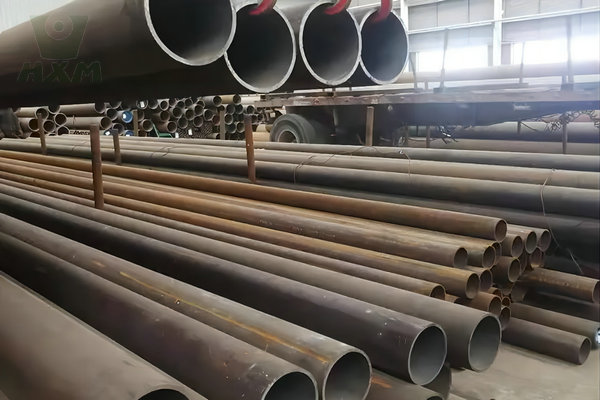
At Huaxiao Metal, we don’t just sell pipes, we provide a complete set of reliable and efficient solutions. Choosing us means you choose:
Comprehensive Inventory: We always have a large number of Schedule 40 and Schedule 80 stainless steel pipes and other alloy pipes, covering a variety of materials, including:
- Austenitic stainless steel: 304/304L, 316/316L, 321, 310S
- Duplex stainless steel: 2205, 2507
- Nickel-based alloys
Excellent Quality: All products meet international standards (ASTM, ASME, DIN) and provide complete material certification and quality inspection certificates to ensure the safety of your project.
Customized Service: We can provide prefabrication services such as cutting, bending, welding, etc., according to your drawing requirements, saving your on-site construction time and cost.
Global Logistics Network: No matter where your project is in the world, we can ensure that qualified materials are delivered on time.
Get a Quick Quote for Your Sch 40/80 Pipe Needs
Are you ready to purchase pipes for your project? Please let us know your requirement,s and our sales team will provide you with a competitive quote within 24 hours.
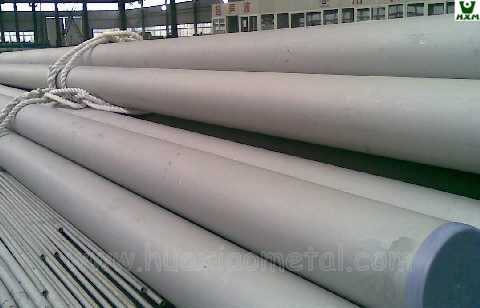
Schedule 80 Carbon Steel Pipe
Schedule 80 Carbon Steel Pipe Factory and Manufacturer For decades, Huaxiao Metal has been supplying high-quality Schedule 80 Carbon Steel Pipe in a variety of

Schedule 40 Carbon Steel Pipe
Schedule 40 Carbon Steel Pipe Factory and Manufacturer For decades, Huaxiao Metal has been supplying high-quality Schedule 40 Carbon Steel Pipe in a variety of
FAQ
Is Schedule 80 stronger than Schedule 40?
Yes, absolutely. Due to its thicker wall, Schedule 80 pipe is significantly stronger and more rigid than Schedule 40 pipe of the same NPS size. It can withstand higher pressure and greater external impact.
Can you weld Sch 40 to Sch 80 pipe?
Yes, it is possible to weld them together as they share the same outside diameter. However, special consideration must be taken due to the difference in their internal diameters and wall thicknesses. A skilled, certified welder should perform this task using appropriate welding procedures.
Does Schedule 40 or 80 rust?
Rusting depends on the material, not the schedule. A standard carbon steel pipe will rust in both schedules. If you require corrosion resistance, you should choose stainless steel (like 304 or 316) or other corrosion-resistant alloys, which are available in both Sch 40 and Sch 80.
How do I order custom-sized pipes from Huaxiao Metal?
Simply contact our sales team through our inquiry form or email. Provide us with your specifications, including material, NPS, schedule, required length, and any special processing needs like cutting or bending. We will guide you through the process and provide a detailed quotation.
In Conclusion:
When comparing Schedule 40 and Schedule 80 pipes, it can be seen that there are several key differences between them. Schedule 40 pipe, while relatively lightweight and less expensive, has lower endurance and is suitable for general use and low-pressure environments. Schedule 80 pipe, on the other hand, is stronger and more durable and can withstand higher pressures and harsh environments, but it also costs more. Therefore, the specific requirements of the project as well as the environmental conditions need to be considered when selecting pipes suitable for the needs of a specific project.
For low-pressure, general-purpose applications, and cost-sensitive projects, Schedule 40 pipe may be a more appropriate choice; for projects that need to withstand high pressures and harsh environmental conditions, or projects with higher durability requirements, Schedule 80 pipe may be more appropriate. is a more reliable choice. In addition, environmental conditions, maintenance requirements, and long-term operating costs are also factors to consider when selecting the appropriate pipeline.
In summary, understanding the differences between these two types of pipes and the different scenarios in which they are suitable can help engineers and project leaders make informed choices, ensuring that the selected pipes can adapt to specific project needs and provide long-lasting performance and security.
